Describe Two Different Environments Where Amphibians Lay Eggs
Others show more parental care and brood eggs in depending on the species the mouth stomach or pressed into soft skin on their backs. A few species carry their eggs in their vocal sacs or their abdomens.
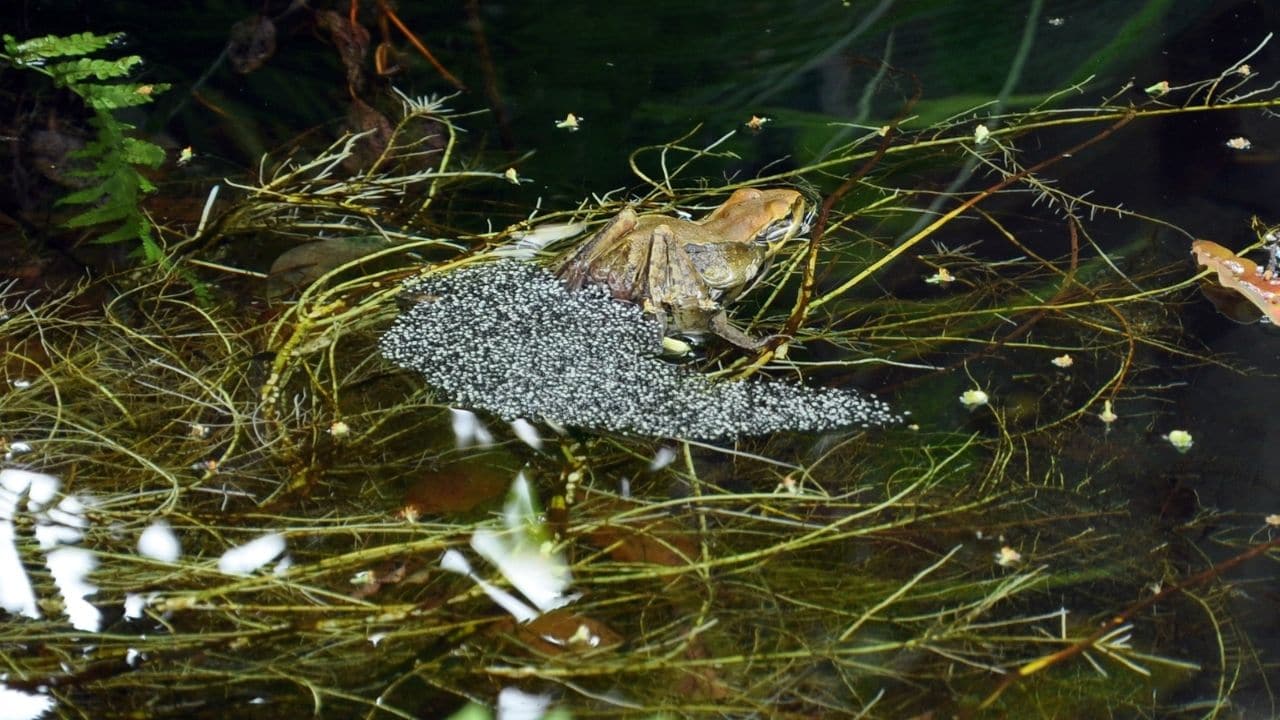
When Frogs Lay Eggs Everything You Want To Know
Others lay eggs in dry areas and keep the eggs moist with water or urine.
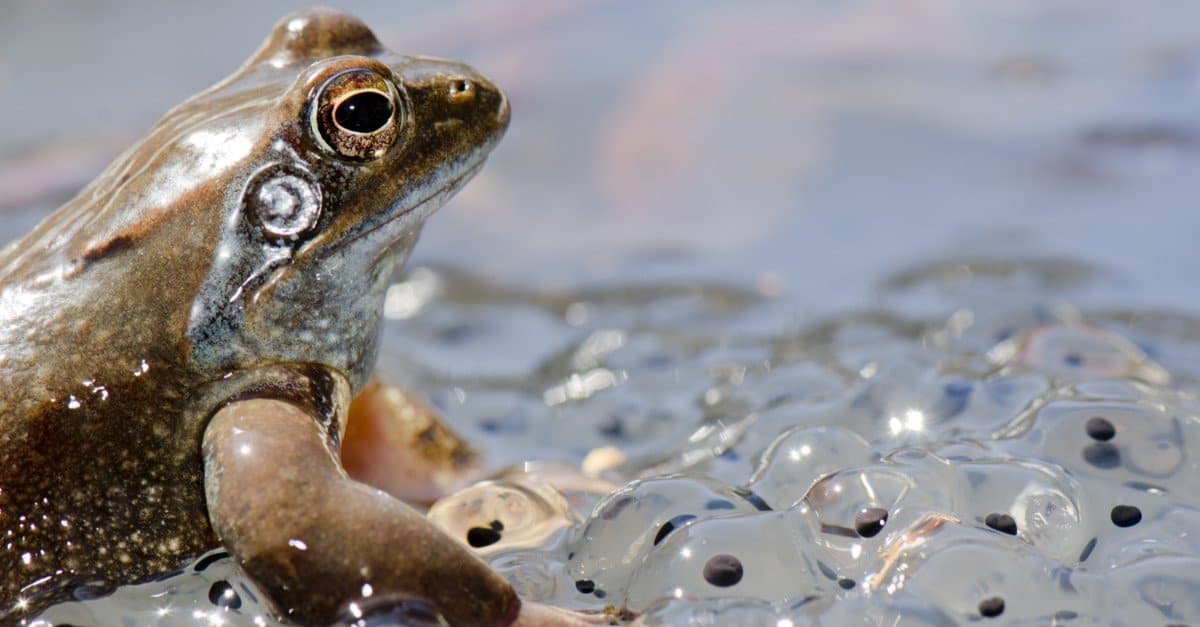
. Amphibians hatch in water and have to grow up there before moving to land. The larval stage followed by metamorphosis to an adult stage. Most females lay eggs in the water and the babies called larvae or tadpoles live in the water using gills to.
Stream mode 2 lay eggs in jelly like mass. Frogs demonstrate a great diversity of parental behaviors with some species laying many eggs and exhibiting little parental care to species that carry eggs and tadpoles on their hind legs or backs. Were do many species of amphibians lay their eggs.
RAINFOREST FROGS Frogs are amphibians. Reptiles lay eggs on land. Amphibians are vertebrate tetrapods four limbs and include frogs salamanders and caecilians.
The term amphibian loosely translates from the Greek as dual life which is a reference to the metamorphosis that many frogs and salamanders undergo and the unique mix of aquatic. Amphibians lay an egg inside water. Discuss eggs in frogs.
Two different environments where amphibians lay eggs. Water or at least moisture is necessary for the eggs and tadpoles to develop whereas the metamorphosed frog needs land. Reptiles on the other hand have adapted to live completely.
During their aquatic life amphibians look like small fishes and most people misidentify those as fish. When the eggs are mature females enter the water and the males clasp them in amplexus. Amphibians inhabit both aquatic and terrestrial environments.
Depending on the frogs species and the climate in which it typically lives the eggs can hatch in a few days to a few weeks. Many Australian frogs have had to adapt to habitats where water is. Most of them go to water for fertilization and egg laying the hatchlings start their lives in water and migrate to land if needed to spend the adult life.
Amphibians have sticky and moist skin. Frog eggs are fertilized externally and like other amphibians frogs generally lay their eggs in moist environments. Frogs and toads are ectothermic.
Adults can live on land. Many species lay their eggs directly in water or on the undersides of leaves over water so the larvae fall in when they hatch. They have a complex life cycle with different body shapes that enable them to adapt to two different habitats.
Amphibian means double life Most amphibians live part of their lives in water and part of their lives on land. Amphibians keep their eggs in a moist environment without laying them in water. Tiny tadpoles hatch out of the eggs.
Amphibians are cold-blooded vertebrates that live their half live in water and half on land. Some species use different habitats at different times of the year. They venture onto land only when fully mature.
They have a porous skin that requires moisture. Describe two strategies that have been found in frogs for protecting eggs and developing young. The female frog lays clusters of eggs in or near the water.
For example a frog can lay up to 25000 egg per year while a salamander may lay about 5000 eggs per year. Amphibians lay soft gelatinous eggs that are permeable to water and usually in water where their juveniles hatch. The life cycle of frogs as other amphibians consists of two distinct stages.
Reptiles are the four-footed and crawling animals that are cold-blooded Reptiles have hard scales on their skin. In typical amphibian development eggs are laid in water and larvae are adapted to an aquatic lifestyle. A moist environment is required as eggs lack a shell and thus dehydrate quickly in dry environments.
Frogs toads and newts all hatch from the eggs as larvae with external gills but it will take some time for the amphibians to interact outside with pulmonary respiration. They produce egg sacks with a smaller number of eggs and disperse them to different areas in the environment. A moist environment is required as eggs lack a shell and thus dehydrate quickly in dry environments.
Those amphibians which inhabit the deserts sport an amazing adaptation in form of accelerated development rate wherein species like the desert spadefoot grow from an egg to toadlet with a period of two weeks. Amphibians reproduce by laying eggs that do not have a soft skin not a hard shell. Some turtles for example spend most of their time in the water but must move to land to lay eggs.
Water speed in streams females lay eggs under rocks logs etc. Metamorphosis must take place before amphibians are able to do what. One environment is a moist environment example.
Staying in water helps them. The eggs do not have a shell or membrane that prevents water loss so the eggs would dry up on land. How many eggs amphibians lay in a year varies according to the different species.
In deserts amphibians lay eggs in temporary pools of water which can dry up at any moment. Nonaquatic eggs mode III category III can be divided into several subcategories. Amphibians must lay eggs in water primarily for what reason.
Amphibians and reptiles may occupy similar habitats and can be found in most habitat types. As these animals mature they metamorphose to adult forms and their gills are replaced by lungs. Jungle rain forest And another is a lake or some type of water source like a forest or a.
Tadpoles swim have a tail and breathe with gills. Frog eggs are fertilized externally and like other amphibians frogs generally lay their eggs in moist environments. Therefore they breed feed and grow during the warm seasons.
Most amphibians live part of their lives underwater and part on land. Embryos must develop in water. Describe the evolutionary history of amphibians.
Reptiles and Amphibians - Ecology. Also amphibians lay eggs in the water and their young have gills to survive in the water. Young amphibians are tadpoleslarvae that are often completely aquatic and have rudimentary gills.
This means that they are dependent during their life on two different environments.

Amphibian Characteristics Life Cycle Facts Britannica

Fanged Frog Doesn T Lay Eggs She Squirted Tadpoles All Over My Hand Csmonitor Com
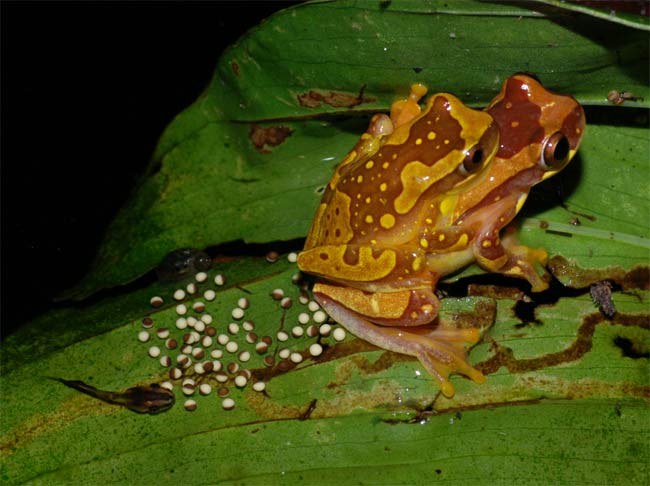
Transitional Frog Lays Eggs On Water And Land Live Science
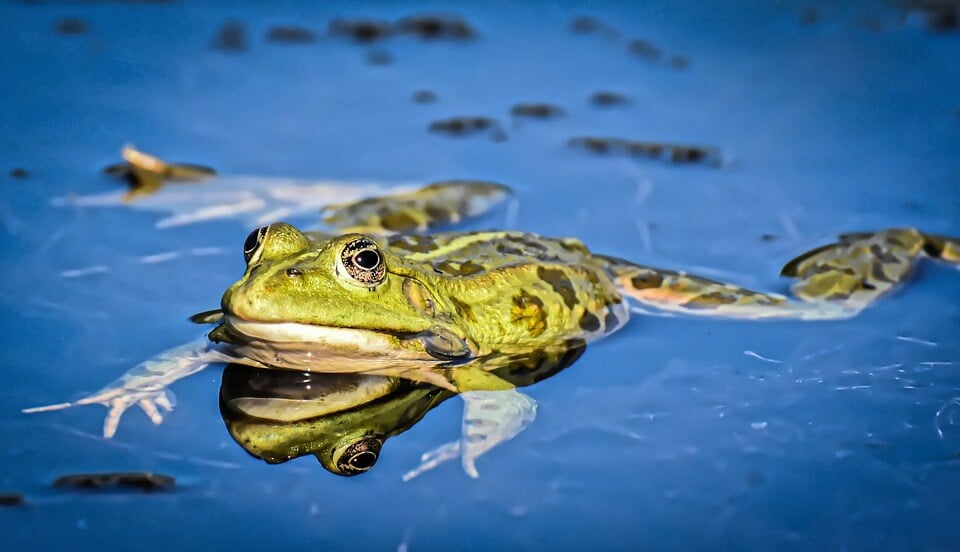
The Hidden Lives Of Frogs Peta

Extinct Frog That Gives Birth Through Mouth Alive Again The Weather Channel Articles From The Weather Channel Weather Com

Frog And Toad Natural History Britannica

Amphibian Reproduction Advanced Read Biology Ck 12 Foundation

Amphibian Reproduction Ck 12 Foundation

Amphibian Reproduction Ck 12 Foundation
/https://tf-cmsv2-smithsonianmag-media.s3.amazonaws.com/filer/e2/ab/e2ab99b6-af92-4cf6-a86c-2970dc2797b5/1eggsterrestrialnonestsalcatrazhqweb.jpg)
When Frogs Pull The Curtain The Benefits Of Mating In Secret At The Smithsonian Smithsonian Magazine
![]()
Frog Eggs Everything There Is To Know Toads N Frogs
Why Do Some Animals Come From Eggs Quora
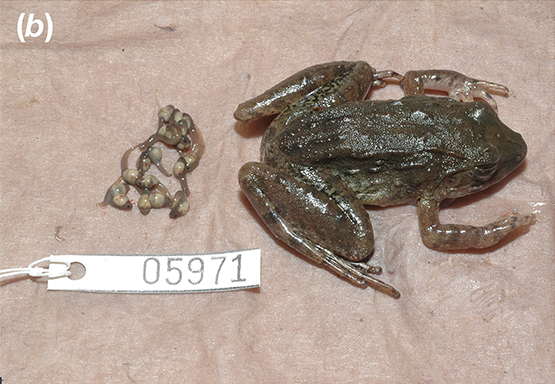
A New Way Frogs Reproduce Ask A Biologist

Reptiles Vs Amphibians Differences Explained With Examples Photos

Animals That Lay Eggs Some Of The Egg Laying Animals Biggest Egg In The Word Frog Eggs Life Cycles Egg Laying
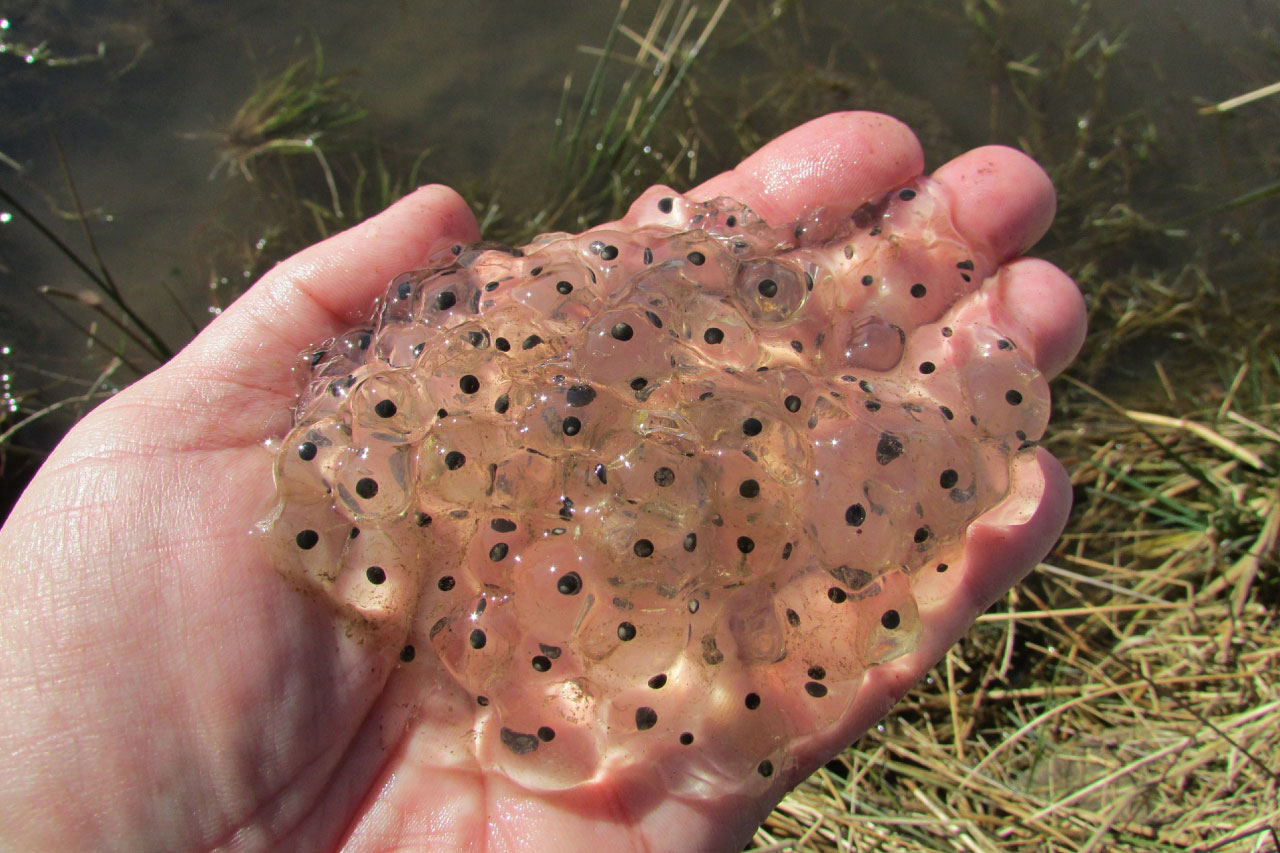
Amphibians Facts Pictures Information Complete Guide To Amphibians

Amphibians Facts Pictures Information Complete Guide To Amphibians

Comments
Post a Comment